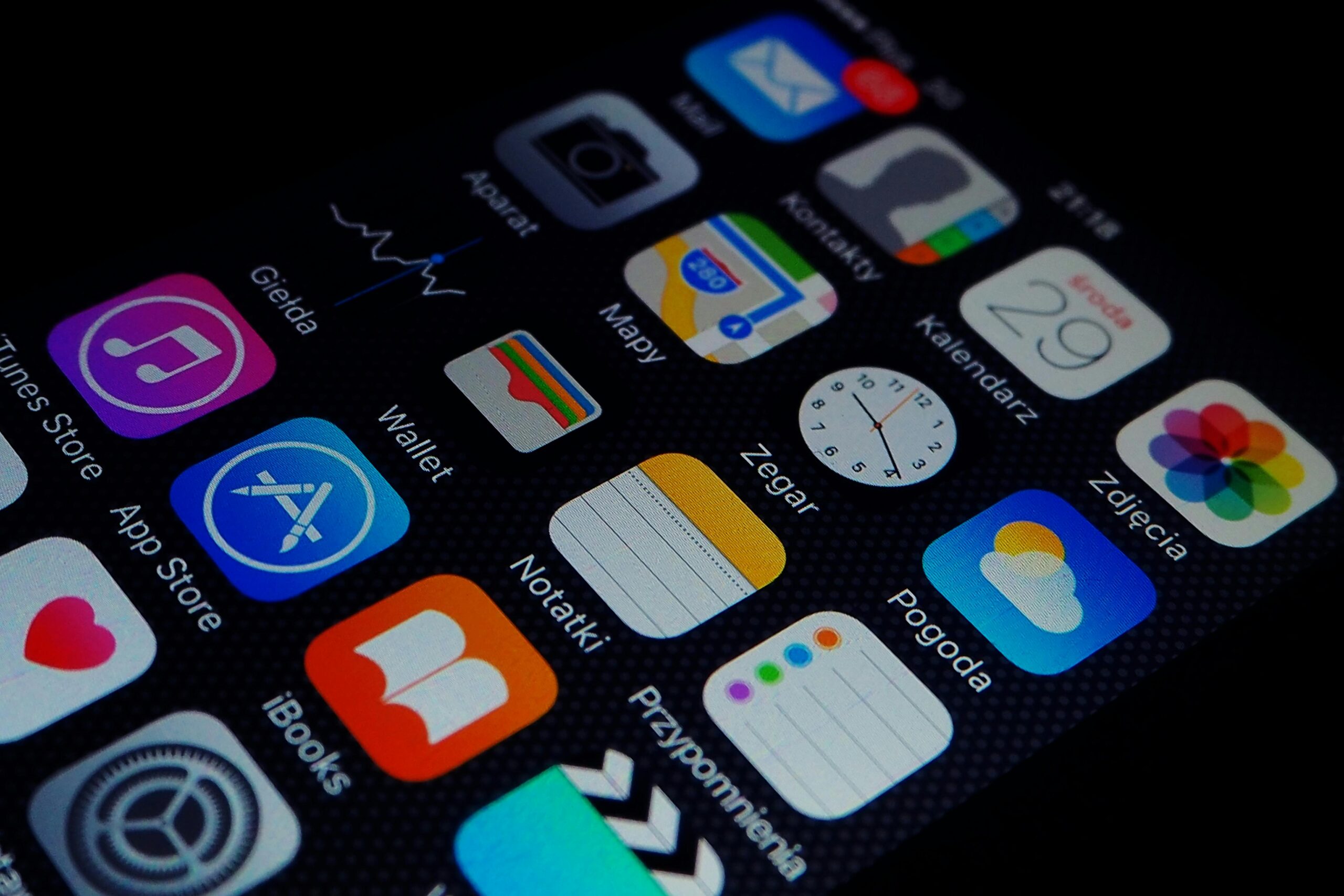Introduction: Are Offline Apps Really Offline Anymore?
In 2025, mobile privacy attacks have taken an unexpected turn: offline apps—those that claim not to use the internet—are now quietly storing detailed behavioral data and uploading it once a connection is available. While many users believe offline apps are safe from privacy threats, new evidence shows that these apps can be some of the biggest snoops in your pocket.
This post uncovers how these apps work, why they’re dangerous, and what you can do to protect your mobile privacy—even when you think you’re “offline.”
What Are “Offline Data Harvesters”?
These are mobile apps that function without requiring real-time internet access but are coded to:
- Record your usage patterns (swipes, taps, voice input)
- Log your GPS movements even without maps or data
- Cache keystrokes or clipboard data
- Store all of it locally, then upload when the device reconnects to Wi-Fi or mobile data
These apps are typically games, note apps, calculators, or document viewers—innocent-looking tools with a hidden motive.
How Offline Apps Infiltrate Privacy
Hidden Storage Tactics:
- SQLite databases used to store behavior logs
- Encrypted folders that mask sensitive user data
- Delayed background uploads triggered by connectivity changes
Real-World Examples:
- FlashDoc Reader 2025: A popular offline PDF viewer that stored clipboard data from opened documents and uploaded metadata silently during a Wi-Fi sync.
- ZenDoodle Sketch: A relaxing sketching app marketed as “fully offline” collected stylus stroke timing, location stamps, and screen recording—shared with an ad network 48 hours later.
Offline ≠ Safe: Misleading App Store Practices
In 2025, app store labels still fail to account for delayed data syncs. An app may truthfully say it “doesn’t need internet” because it functions without it, but once online, all bets are off.
Common mislabels include:
- “No login required” ≠ “No tracking”
- “Offline functionality” ≠ “No background uploads”
- “No data shared with third parties” ≠ “No data stored for future sharing”
Table: Comparison of Common Offline Apps and Their Privacy Risks
| App Type | Typical Data Stored Offline | Hidden Risk Level | Upload Trigger |
|---|---|---|---|
| PDF Readers | Document metadata, clipboard | High | Wi-Fi sync |
| Note-Taking Apps | Keystrokes, timestamps, audio logs | Medium | App reopen |
| Puzzle Games | Ad click patterns, touch heatmaps | High | Idle timeout |
| Camera Utilities | Photo EXIF, motion detection logs | Critical | Gallery sync |
Signs an Offline App Might Be Spying on You
- It suddenly uses more storage than expected
- It appears in your battery usage stats even when not in use
- It requests background data access or Wi-Fi permissions
- You receive hyper-targeted ads that match your offline behavior
How Developers Justify This Behavior
App developers often argue:
- “It improves UX.”
- “We need crash logs for offline sessions.”
- “We anonymize the data.”
But anonymized data isn’t always anonymous, especially when it includes geolocation, time stamps, and behavioral patterns—all of which can be reverse-engineered to identify users.
FAQs
Q: Can offline apps access GPS data?
A: Yes. As long as GPS is enabled, apps can record location data without internet access.
Q: Are these apps breaking laws?
A: Not always. Most slip through legal cracks by disclosing data handling vaguely in their privacy policies.
Q: How can I tell if an offline app uploads data later?
A: Use a firewall app to monitor outgoing connections after reconnecting to the internet. You can also track sudden data spikes in device settings.
Protect Yourself from Offline Privacy Attacks
- Use firewalls like NetGuard (Android) or Little Snitch (iOS, with workarounds)
- Monitor app data usage manually
- Disable auto-sync and background refresh
- Install apps only from privacy-certified developers
- Read user reviews that mention privacy red flags
Future Outlook: Will Regulation Catch Up?
By the end of 2025, experts expect that at least 40% of new mobile privacy breaches will involve apps that appear safe because they work offline. This gray area is where most privacy laws fall short.
Expect to see:
- New international laws targeting offline data harvesting
- Better app store labeling systems
- Growth in offline data encryption tools
Conclusion: Offline Doesn’t Mean Invisible
The biggest lesson in 2025’s mobile security landscape is this: just because you’re offline doesn’t mean you’re not being watched. Offline apps have become some of the most sophisticated mobile privacy attackers by pretending to be safe havens.
If you value privacy, treat every app—even those that work without internet—with the same caution as online ones. The snoops in your pocket aren’t waiting for Wi-Fi. They’re already watching and waiting.



